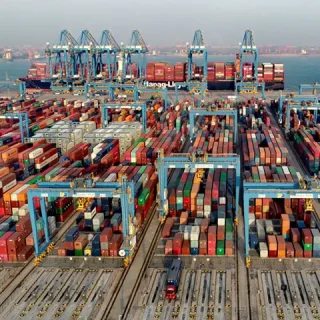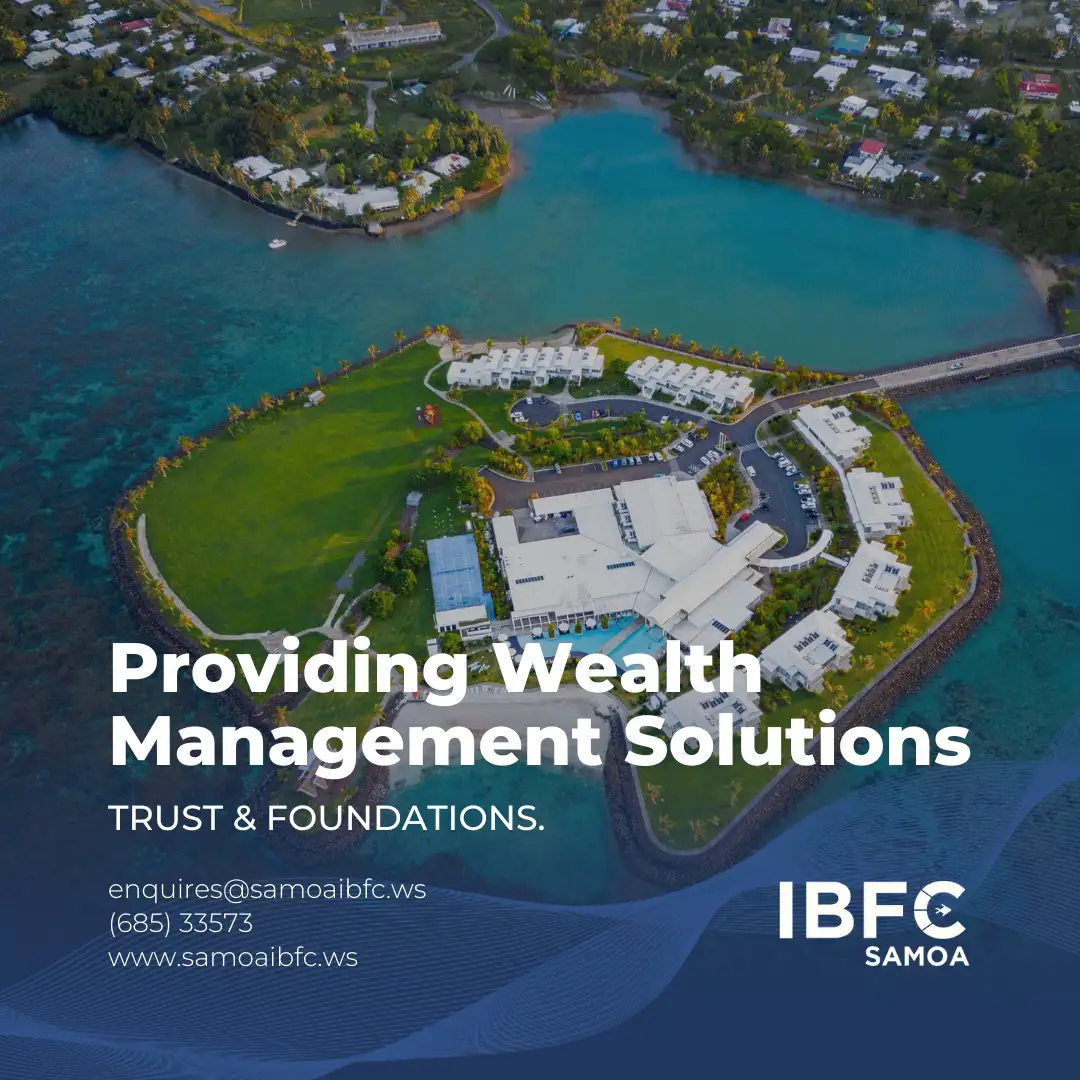Donald Trump’s return to the White House has been one of the most disruptive political developments in recent memory. With sweeping policy changes, bold rhetoric, and a renewed focus on immigration, his presidency has sparked uncertainty across multiple industries—including investment migration.
While many Americans are looking for solutions abroad in response to shifting policies at home, the EB-5 Immigrant Investor Program remains a unique pathway for foreign investors seeking U.S. residency. But will it remain stable under Trump’s leadership? Will increased scrutiny on immigration spill over into the EB-5 program? Will foreign investors become wary of placing their capital in the U.S.?
To answer these questions, Outbound Investment turned to industry experts, including leading EB-5 professionals, attorneys, and regional center executives, to gauge their perspectives on how Trump’s second term might impact the future of investment immigration.
The Stability of EB-5 Amid Political Turbulence
Despite the broader unpredictability surrounding U.S. immigration, the EB-5 program has historically been insulated from major political swings. Unlike visa categories such as H-1B, which have faced significant restrictions in previous Republican administrations, EB-5 has largely enjoyed bipartisan support.
According to Jennifer Moseley, an EB-5 expert, this trend is likely to continue:
“The EB-5 program is a job creation program, which both parties in Congress and administrations have been supportive of in large percentages. Trump’s first term showed limited restrictions on investment immigration generally, and the EB-5 program specifically was not affected by the Trump administration’s immigration policies as a whole.”
This sentiment is echoed by Joey Barnett, a partner at an immigration law firm:
“I do not foresee Mr. Trump negatively impacting the EB-5 Program. He seems more concentrated on reducing illegal immigration, family-based immigration, humanitarian-based immigration, and low-wage employment immigration. EB-5 is a job creation program that has bipartisan support and is not in Mr. Trump or [his key policy advisor] Stephen Miller’s crosshairs.”
In short, while other immigration categories may face increased scrutiny or restrictions, the EB-5 program’s role as an economic driver works in its favor. Trump’s pro-business stance and history in real estate development align with the program’s goals, making it an unlikely target for cuts.
Challenges on the Horizon: Processing Delays and Stricter Vetting
While the fundamental structure of EB-5 may remain intact, that doesn’t mean the program will be free of challenges. Several experts anticipate increased processing delays and stricter source-of-funds requirements, both of which could make it more difficult for investors to navigate the system efficiently.
According to Carel from EB5 Coast to Coast, one of the biggest concerns is that:
“One might expect EB-5 processing to slow within a couple of years due to reduced staffing and increased procedural steps.”
This concern is backed by Jennifer Moseley, who notes that the Department of Justice and USCIS are facing staffing reductions:
“Having said this, there is a possibility that DOGE’s efforts result in reductions in employees at the USCIS, which would increase processing times for EB-5 applications. Increased processing times may turn away EB-5 applicants, who then seek to utilize investment programs in other countries that have faster processing times.”
Additionally, experts predict greater scrutiny on the financial transparency of investors. Cherylle Corpuz, Esq., and Michael Bowen, CFA, from the Southeast Regional Center, emphasize the growing importance of rigorous source-of-funds documentation:
“USCIS adjudicators may apply heightened attention to:
- Source of funds verification
- Investment path documentation
- Background check procedures
- Business plan feasibility assessments”
While none of these measures explicitly target the EB-5 program, they could increase the burden on investors and slow down processing times, making it crucial for applicants to work with experienced legal and financial advisors.
H-1B Restrictions Could Drive More Investors to EB-5
Interestingly, some experts believe that Trump’s stance on other visa categories—particularly the H-1B work visa—could lead to increased demand for EB-5.
During Trump’s first term, H-1B visa approvals became more difficult, and denial rates skyrocketed. If similar trends continue, skilled foreign professionals who might have otherwise chosen H-1B as their entry into the U.S. could pivot to EB-5 instead.
Jennifer Moseley explains:
“The scrutiny of H-1B visas by the Trump administration could make the EB-5 program more attractive, and we could see an increase in EB-5 applications because of the uncertainty around H-1B. An EB-5 visa provides a path to obtaining a permanent green card for the investor and their immediate family members, and ultimately, citizenship.”
In particular, investors from India may drive this trend, as India has been disproportionately affected by H-1B restrictions in previous years. If the current administration continues to tighten work visa pathways, high-net-worth individuals in tech and business may view EB-5 as a more stable and long-term option.
Strategic Guidance for EB-5 Investors and Regional Centers
With shifting political conditions, what should investors and EB-5 practitioners do to mitigate risks? Experts offer the following strategic recommendations:
For Investors
- Start the process sooner rather than later.
- Carel from EB5 Coast to Coast warns that current “good times” won’t last forever:
“The best advice for anyone contemplating EB-5 is to do it sooner rather than later. The program currently works very well with relatively fast processing, no backlogs, and the ability to do concurrent filing if you’re in the U.S. The good times will not last.”
- Prepare thorough source-of-funds documentation to meet increased scrutiny.
- Consider projects with strong job creation metrics and established track records.
For EB-5 Regional Centers
- Enhance compliance and due diligence beyond minimum requirements.
- Maintain strong relationships with economic development agencies to align with U.S. economic priorities.
- Develop contingency plans for processing delays and potential policy shifts.
For Immigration Attorneys & Practitioners
- Advise clients on navigating changing source-of-funds requirements.
- Ensure project documentation meets enhanced transparency standards.
- Educate potential investors on the importance of project viability and compliance.
EB-5 in 2025 and Beyond
While Trump’s return to office has injected uncertainty into many aspects of immigration policy, the EB-5 program remains relatively stable—for now. It benefits from bipartisan support, aligns with Trump’s economic priorities, and serves as a legal, high-value investment pathway into the U.S.
However, investors should act quickly to secure their position in the program before processing delays, stricter vetting, and potential administrative hurdles create new challenges.
For regional centers and immigration practitioners, the key to success in this new political landscape is compliance, transparency, and readiness for evolving regulatory demands.
In the coming months, we will continue to track how EB-5 evolves under the new administration and whether investment migration trends shift in response to global and domestic pressures.
Is Now the Right Time to Apply for EB-5?
For those considering EB-5, the window of opportunity is still open—but experts agree that acting sooner rather than later is the safest approach. The landscape is changing, and those who prepare ahead of time will have the best chance at success.










